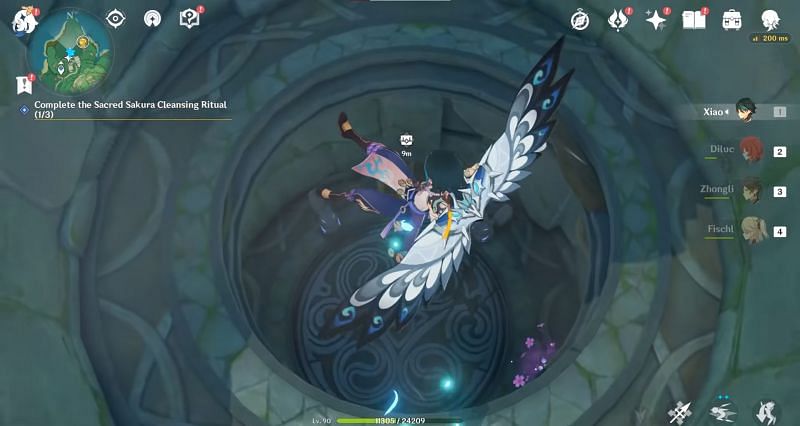
The 'B' deck was used to run tapes that held additional footage such as establishing shots, cutaway shots, and any other supporting footage. Traditionally, the tape decks in an edit suite were labeled by letter, with the 'A' deck being the one containing the main tape upon which the main action material was shot. In the 1980s, the term B-roll was adopted for linear video editing using at least two video tape machines. The sound from the A-roll footage was used, or sound from narration or voiceover, while images without sound from the B-roll were intercut as desired. The A-roll and B-roll scenes, shot at 24 frames per second, were converted to the television frame rate of 30 fps using a telecine system consisting of two film projectors, one showing the main A-roll footage and the other showing the B-roll. Sound was integrated onto the film by way of a magnetic stripe at the edge of the film. Until the mid-1970s, teams shot both main A-roll and secondary B-roll footage on 16 mm film. 35 mm film was wide enough to hide splices, but 16 mm film revealed the splices as flaws in the picture. "The term B-roll originates from a particular solution to the problem of visible splices in the narrow film stock used in 16 mm film. Wiki sheds some more light on the term and it's usage. As a general rule B-Roll can include animation, graphical elements, photographs and extra footage. It can make telling a story much easier and compelling with added footage. B-roll shots are similar to cutaways in that they help break up the static interview shots.


It is alternative footage intercut with the main shot.

The term “B-roll” comes from the world of film where editors used to use an “A” and a “B” roll of footage, before the digital age changed everything.


 0 kommentar(er)
0 kommentar(er)
